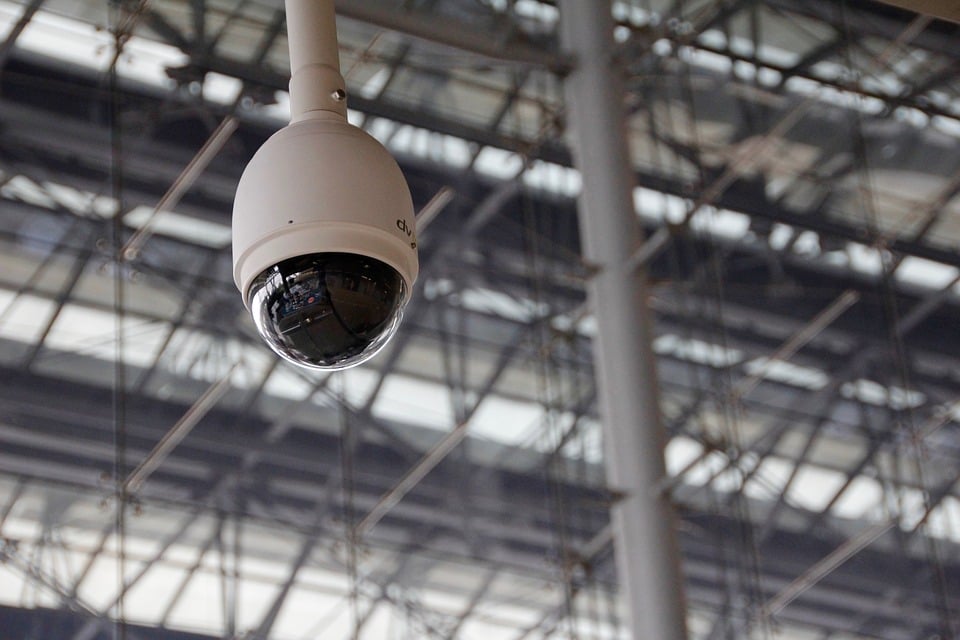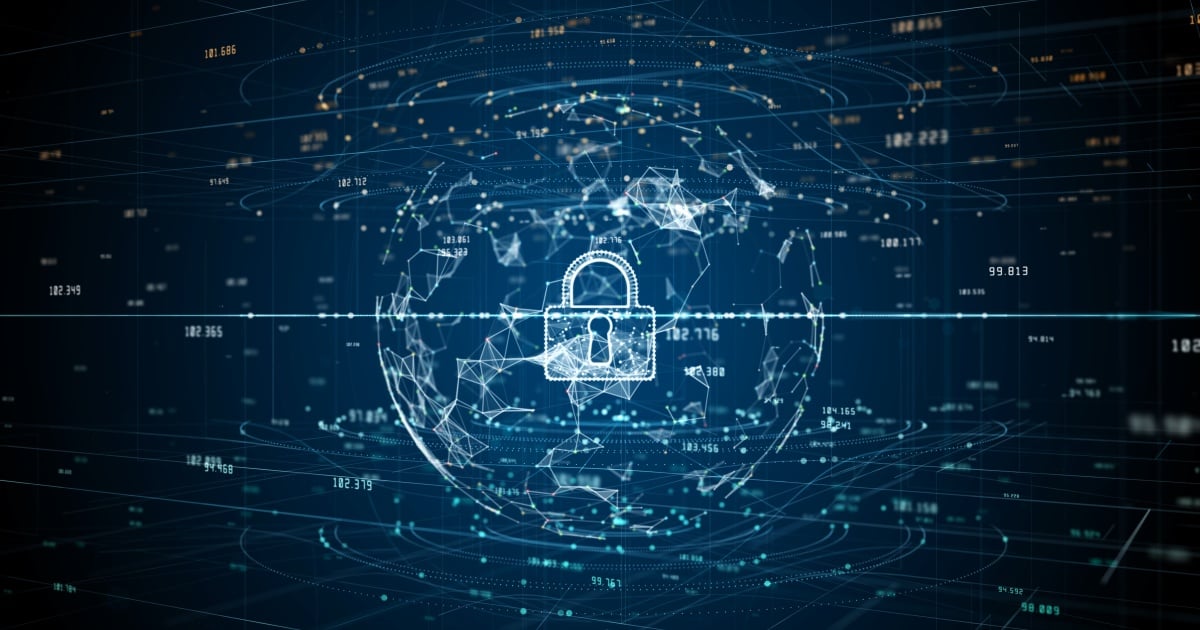
Every organization, from the smallest startup to the largest enterprise, is engaged in some kind of fight against cyberattacks. For good reason too, because a single breach can result in financial devastation, reputational damage and operational chaos.
But what does cyber resiliency actually mean? It goes beyond traditional security measures like firewalls and antivirus software. True resiliency is about building an adaptive infrastructure that not only prevents attacks but also detects them early, responds effectively and recovers swiftly. With that said, as organizations move more into cloud-based ecosystems and integrate AI into their security operations, their approach to cyber resiliency must evolve to keep pace with an increasingly complex threat landscape.
NetApp, a provider of intelligent data infrastructure, released a study in collaboration with The Futurum Group, titled "Cloud, Complexity, AI: The Triple Threat Demanding New Cyber Resilience Strategies." This report looks into the most pressing cybersecurity challenges today and offers actionable insights to help organizations stay ahead of emerging threats.
One finding the report found is a growing issue in cloud security: misconfigurations and vulnerabilities in hybrid multi-cloud environments now surpass traditional ransomware attacks as the top security risk. Companies rely more on hybrid cloud models. Therefore, the complexity of managing multiple environments creates new security blind spots. Without proper governance and security protocols, organizations leave themselves open to devastating breaches.
Adding to this complexity is the problem of tool sprawl. According to the study, 70% of organizations use more than 40 cybersecurity tools, while 84% report that operational complexity is a major barrier to cyber resiliency. More tools don’t necessarily mean better security. If anything, they often create inefficiencies and gaps that adversaries can exploit.
The solution? Organizations need to prioritize consolidation and integration. They need to move toward unified security platforms that simplify management without compromising protection.
AI also plays an increasingly critical role in cybersecurity. The report found that 40% of organizations use AI for threat detection, with many planning to expand its use for automated response and recovery. AI’s ability to process vast amounts of data in real-time and detect anomalies that might go unnoticed by human analysts makes it a game-changer. However, AI isn’t a magic wand that makes all threats disappear. False positives and algorithmic biases remain challenges that require human oversight to ensure accuracy and effectiveness.
Another key takeaway is the importance of data classification. Organizations with strong data classification frameworks tend to recover more effectively from attacks. When companies understand which data is most critical and implement protections accordingly, they can minimize damage and ensure business continuity even in worst-case scenarios. Intelligent data infrastructure plays a pivotal role in this.
With cyber threats growing in frequency and complexity, it’s no surprise that more than 90% of organizations plan to increase their cybersecurity spending over the next 12 to 18 months, according to the report. But simply throwing money at the problem isn’t enough. Organizations must focus on proactive, integrated strategies that enhance resiliency rather than just adding more layers of security.
For example, NetApp's Intelligent Data Infrastructure framework helps organizations address the cyber resiliency challenges revealed in this report by enabling organizations to take a proactive approach to data protection. It uses advanced data classification, AI-driven threat detection and integrated security measures to help organizations easily implement stringent governance practices, detect and respond to threats in real-time, and maintain compliance with evolving industry standards.
"This survey sheds light on the critical role of visibility and data-centric strategies in navigating the evolving cybersecurity landscape," said Daniel Newman, CEO at The Futurum Group. "By harnessing intelligent data infrastructure solutions, organizations can better protect their assets, ensure recovery, and thrive amidst disruption."
Businesses that adopt a forward-thinking approach — one that embraces integrated security solutions, AI-driven threat detection and intelligent data infrastructure — will be far better positioned to withstand cyberattacks and thrive.
Edited by
Alex Passett






